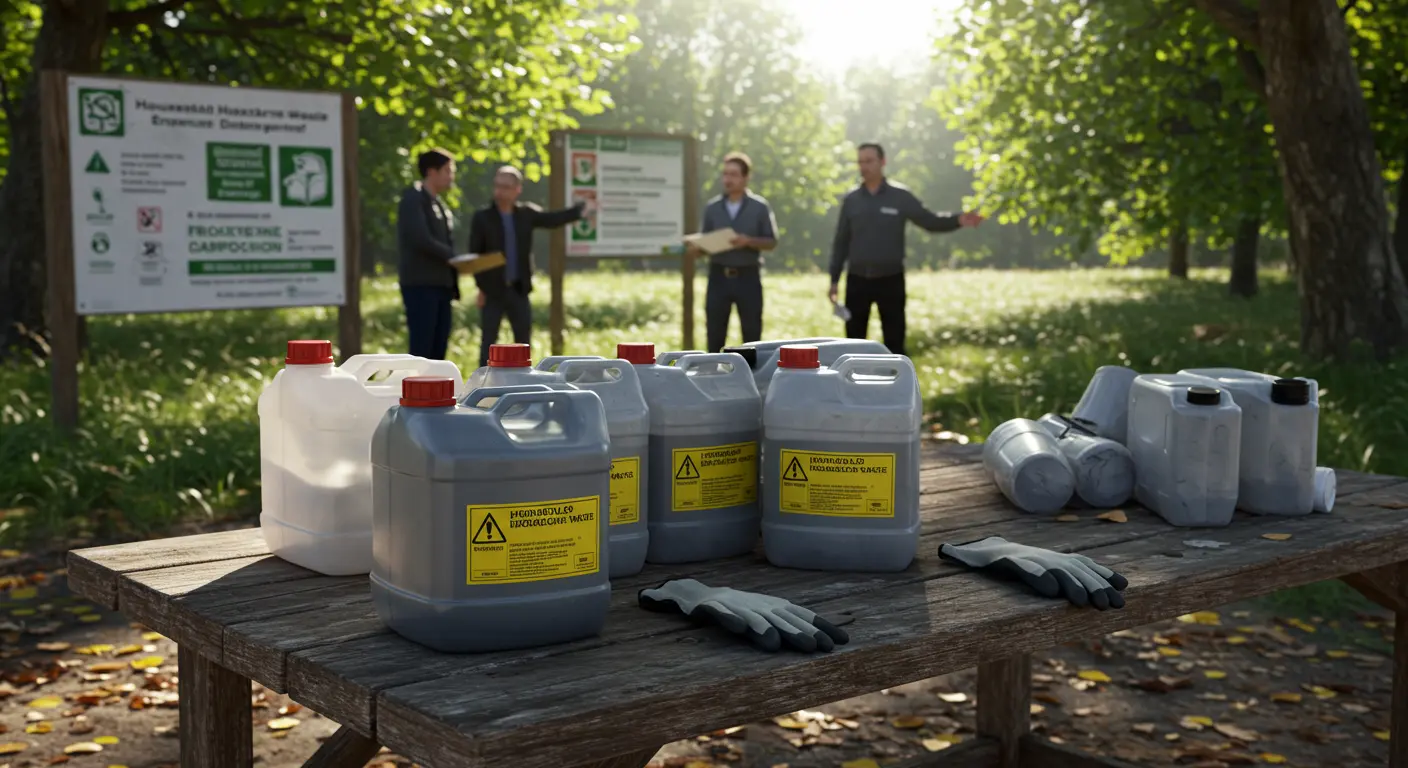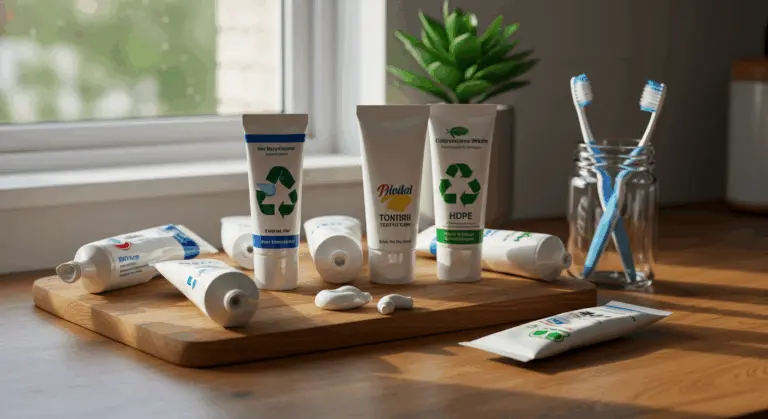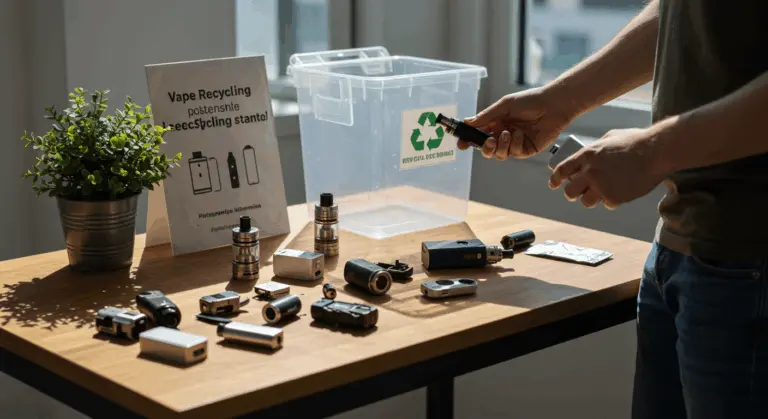Understanding Kerosene – What You Need to Know
Kerosene is a thin, clear, flammable hydrocarbon liquid that serves multiple purposes across various industries and households. This petroleum-derived fuel has proven dependable for over a century. What makes it special? Its remarkable stability and relatively clean-burning properties compared to other fossil fuels.
In residential settings, particularly rural areas, kerosene stands as a popular heating fuel, powering everything from space heaters to furnaces. Beyond the home, it drives industrial and commercial engines—generators hum to life, tractors plow fields, and jets soar through the skies, all thanks to this versatile liquid.
Kerosene’s talents extend far beyond fuel. Its excellent solvent properties make it an affordable and surprisingly effective cleaning agent. Mechanics and DIY enthusiasts swear by it for dissolving stubborn grease and oil from engine parts and machinery. In the entertainment world, fire performers create mesmerizing displays using specially formulated kerosene—though this demands rigorous safety training and precautions.
Despite its many practical applications, kerosene comes with an important warning: it’s classified as hazardous material. Its flammable nature and potential environmental impact make proper handling and disposal absolutely essential for anyone who uses this versatile fuel.
Why Proper Disposal of Kerosene is Important
Kerosene receives its classification as hazardous waste due to its flammable nature, making proper disposal absolutely critical for environmental protection and public safety. When disposal goes wrong, the consequences ripple through our ecosystems, water supplies, and community health.
Pour kerosene down drains or into sewers, and you’re inviting disaster. Water treatment systems simply aren’t designed to handle petroleum products, leading to contamination that spreads to rivers, lakes, and groundwater. The potential damage is enormous: just one gallon of kerosene can pollute up to one million gallons of water. Even small improper disposals become environmental catastrophes.
Tossing kerosene in regular trash or recycling bins poses entirely different risks. The fuel’s flammable nature transforms waste processing facilities into potential fire zones, endangering workers and threatening costly facility damage. Meanwhile, kerosene-soaked materials in landfills create ongoing contamination risks—the fuel leaches into soil and eventually infiltrates groundwater supplies.
Beyond environmental concerns, improper disposal often violates local regulations, potentially resulting in substantial fines. These regulations protect public health and safety.
The responsible approach? Take unwanted kerosene to designated household hazardous waste (HHW) facilities. Here, trained professionals ensure safe processing using specialized equipment and procedures designed specifically for flammable liquids, eliminating risks of environmental contamination or safety hazards.
Methods for Disposing of Kerosene Safely
To dispose of kerosene safely and protect the environment, follow these key steps:
-
Locate a Facility: Contact your local waste management or environmental agency to find a household hazardous waste (HHW) collection site or event.
-
Use Proper Containers: Keep kerosene in its original, labeled container. If damaged, transfer the fuel to a new, approved container and label it clearly as “Kerosene.”
-
Do Not Mix: Never combine kerosene with other chemicals like gasoline or oil. Facilities test for purity and will reject contaminated mixtures, which pose greater processing hazards.
-
Transport Safely: Secure the container upright in your vehicle to prevent spills. A plastic bin provides extra protection. Note that some facilities may charge a small disposal fee.
Disposing of Small Amounts of Kerosene
For small quantities of kerosene, homeowners have two main options:
-
Controlled Evaporation (For Very Small Amounts): Pour up to one cup of kerosene into a disposable metal tray. Place it outdoors in a well-ventilated area, far from heat sources, structures, children, and pets. Allow natural evaporation over several days.
-
HHW Collection Site (Safer Option): The most environmentally responsible approach is taking kerosene to a local household hazardous waste (HHW) facility. Ensure it’s in a clearly marked, sealed container to prevent leaks.
Regardless of your chosen method, always wear protective gear—chemical-resistant gloves and eye protection are non-negotiable. Never pour kerosene down drains, into soil, or in the trash. Even small amounts create contamination and fire risks. When in doubt about local regulations, contact your municipal waste department for guidance.
Disposing of Large Quantities of Kerosene
Large volumes of kerosene require specialized handling beyond typical household disposal methods. For commercial quantities or significant residential stockpiles, professional hazardous waste management services are necessary. These specialized companies possess the proper equipment, training, and permits to handle bulk quantities of flammable materials safely while maintaining strict compliance with environmental regulations.
Begin by contacting your regional environmental protection agency or waste management authority. Request a list of licensed hazardous waste disposal companies in your area that specifically accept petroleum products. Many offer convenient on-site pickup for large quantities, eliminating the need to transport dangerous materials yourself. When arranging disposal, be prepared to provide details about the approximate volume and condition of your kerosene.
While awaiting pickup, proper storage is important. Keep kerosene in its original, labeled container or transfer it to a clearly marked, approved fuel container. Store it tightly sealed in a cool, dry location away from heat and sunlight. Most importantly, never mix kerosene with other substances—this creates additional hazards and will likely result in rejection by the disposal service.
Businesses that regularly handle kerosene should consider establishing ongoing relationships with hazardous waste management companies. Implementing scheduled pickup programs ensures consistent regulatory compliance and often provides better disposal rates compared to one-time services. Additionally, some disposal facilities require documentation regarding the kerosene’s origin and history, so maintain appropriate purchase and storage records.
Where to Find Kerosene Disposal Facilities
To find a facility that legally and safely accepts kerosene, use these primary resources:
-
Local Government: Check your city or county’s official website, typically under waste management or environmental services sections. They provide details for Household Hazardous Waste (HHW) programs, including permanent sites and special collection events.
-
Online Search Tools: Utilize websites like Earth911.com, where you can search for ‘kerosene’ and your zip code to locate nearby disposal facilities. State environmental agencies often provide similar online search tools.
-
Direct Contact: Call your local government’s environmental department or waste authority. They offer the most current information, including details on unadvertised events or alert systems you can join.
Community Resources for Kerosene Disposal
Your community likely offers several types of hazardous waste disposal services:
-
Permanent Drop-Off Centers: Year-round facilities with regular hours for accepting HHW.
-
Scheduled Collection Events: Periodic events held at temporary locations for convenient drop-off.
-
Mobile Collection Units: Traveling units that serve different neighborhoods on rotating schedules.
-
Curbside Pickup: Some areas offer scheduled curbside collection for HHW, though this typically requires appointments and fees.
Before visiting any facility, call ahead or check their website to confirm operating hours, quantity limits, and any residency or fee requirements. This simple step helps ensure a smooth drop-off experience.
Final Tips for Kerosene Disposal
-
Never Dispose of Improperly: Avoid pouring kerosene down drains, on the ground, or in trash. As hazardous material, it contaminates water and creates serious fire risks.
-
Store and Label Correctly: Keep unwanted kerosene in its original, clearly labeled container or transfer to a new, approved fuel container. Store safely away from heat, children, and pets.
-
Consider Reuse First: If the kerosene remains clean and unused, offer it to someone who can use it—perhaps a local farm or neighbor with a kerosene heater. This prevents waste entirely.
-
Do Not Mix: Never combine kerosene with other chemicals or fuels. Contaminated mixtures are dangerous, difficult to dispose of, and face rejection by HHW facilities.
-
Check Local Rules: Always verify your local disposal regulations. Confirm details like quantity limits, fees, and operating hours before heading to any facility.




